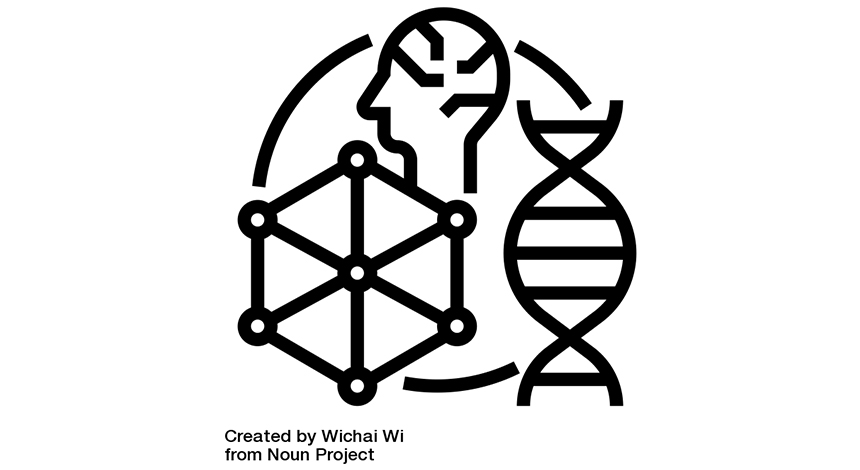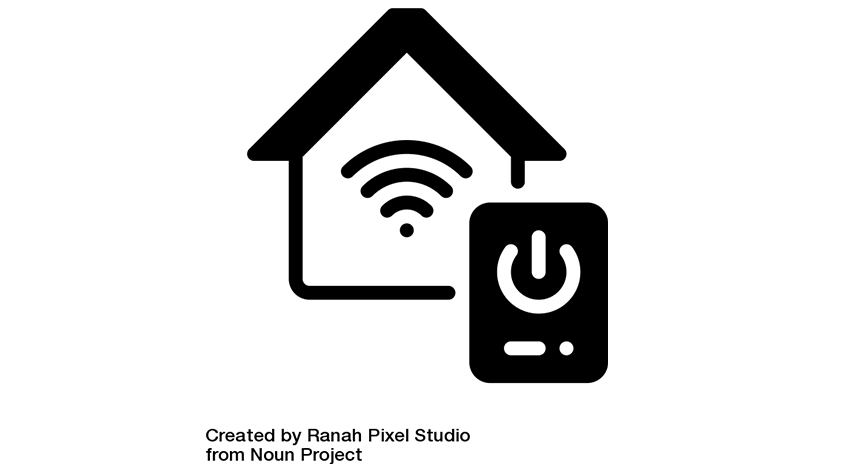
Fil McIntyre
Fil McIntyre is Manager and Assistive Technology Lead for TechAbility.
“The true value of any conference is proven by the impact it has on your practice after the event. For assistive technology this is often from practical learning about new hardware, software and techniques. However, it is also about impacting the way you think”.
ATIA 2021 – Impressions
I had not had opportunity to attend ATIA since 2009, so I was extremely grateful to be offered one of the AT Scholar places for ATIA 2021. The shift to online delivery for such a large and varied conference was achieved incredibly well. When attending live in 2009, I was very impressed at the packed programme squeezed into a few days. Replicated online in 2021, this had the added advantage of recorded sessions, so I didn’t have to make tough choices between opposing sessions.
The true value of any conference is proven by the impact it has on your practice after the event. For assistive technology this is often from practical learning about new hardware, software and techniques. However, it is also about impacting the way you think. A change in thinking is harder to achieve but will have greater effect, especially in the long term. The programme for ATIA 2021: AT Connected had the ability to fulfil both of these goals and I would like to highlight one example of each.

Firstly, practical learning. Smart home technologies are a great example of technologies developed for convenience, but which prove to be usable as assistive technology. However, it can be hard to know how to measure their effectiveness. Dan Ding, Andrea Fairman and Lindsay Morris presented a session on the “Development of ASSIST - a Checklist for the Use of Smart Home Technology as AT”. The checklist was created as there was no assessment tool to assess the delivery of smart home technology for environmental control. The ASSIST (Autonomy, Safety, and Social Integration via Smart Technologies) tool enables people with disabilities to rate their performance with tasks e.g. Opening and closing their front door. They then are able to rate the difficulty doing this and their satisfaction with their performance before and after using smart home technologies. Feedback from the ASSIST team’s trials with multiple participants showed that individuals looking for solutions valued using the tool. It was also valued by clinicians such as Occupational Therapists and Assistive Technology Practitioners. The ASSIST team have developed a highly practical tool to measure the effectiveness of smart home technologies when used as an AT. They admit further testing will need to be done, but this tool will hopefully be used to support informed choice for individuals in the future.

Change in thinking often comes about more through discussion than listening or seeing a presentation. ATIA 2021’s interactive sessions such as Town Halls delivered this. One of the sessions which impacted me was the Town Hall discussion on “Future Technologies for Universal Design for Learning” led by Kirk Behkne and David Banes. This looked at how emerging technologies such as the Internet of Things, Augmented Reality, Artificial Intelligence and Wearables fit into the established framework for Universal Design for Learning (UDL). The presenters encouraged delegates to share examples of when they had used these technologies, discuss whether they thought it would be welcome in the learning environment and the impact the technologies on teaching and learning from a UDL perspective. The power of this session was not just in the presenters’ knowledge (though that was excellent), but in the positive and negative feedback delegates gave about the impact these emerging technologies might have. This session also highlighted how important it is for people working in AT to be aware of emerging technologies, in order to recommend them when a need arises. A great example of this was given by David Banes of a young woman using Virtual Reality to ameliorate her fear of travelling in the channel tunnel, using the headset to ‘see through’ the tunnel to the sea outside. Another example was the ways in which Artificial Intelligence could be used to support Universal Design for Learning by adapting texts to suit various levels of understanding.
It should be noted that both of these sessions had the ability to deliver practical learning AND a change in thinking. I have merely highlighted the benefit I received from each.
Generally, the other advantage of a conference such as ATIA is the ability to be removed from your daily employment. This can give you time to reflect, discuss and change your thinking, whichever sessions you attend. Hopefully, this advantage will return to ATIA in 2022 when (as I experienced in 2009) delegates, presenters exhibitors and organisers will prove their enthusiasm and commitment by continuing to talk AT during breaks, lunch and late into the night.
